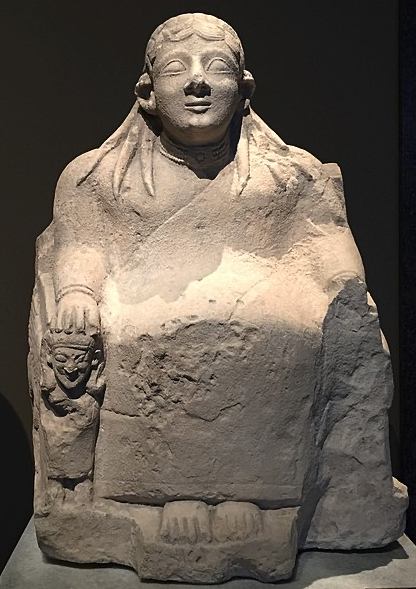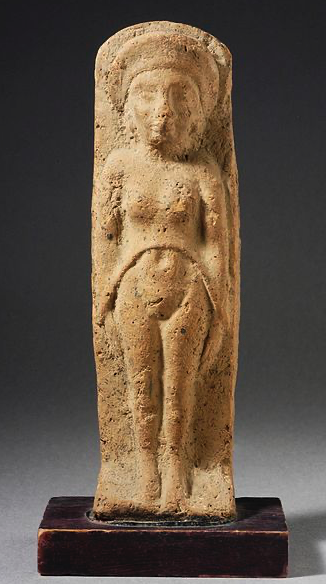
Astarte is a goddess who was worshipped throughout the ancient Near East, particularly in Phoenicia, Assyria, and Babylonia. She was also known as Ishtar, Inanna, and Aphrodite, and was revered as a powerful deity of love, fertility, and war.
The name Astarte is derived from the Phoenician word “Ashtar,” meaning “womb.” She was believed to be the mother of all living things and was associated with the fertility of the earth.

Her worship was particularly important to farmers who relied on the land for their livelihoods.
Astarte was revered as a goddess of war and was depicted as a warrior goddess, armed with a bow and arrows. She was believed to protect her worshippers in battle and to help them win victory over their enemies.

As a goddess of love, Astarte was associated with sexual desire and was depicted naked or partially clothed. Her cult was notorious for its sexual practices, which included sacred prostitution and ritual sex.
In some traditions, Astarte was believed to be the consort of Baal, the god of fertility, and together they were worshipped as the divine couple who ensured the fertility of the land and the continuation of life.

The worship of Astarte was eventually incorporated into the religions of the ancient Greeks and Romans, who identified her with their goddess of love, Aphrodite.
In Greek mythology, she was known as the goddess of beauty and was revered as a symbol of love, pleasure, and procreation.

Despite the spread of Christianity throughout the ancient world, the worship of Astarte continued in some form or another for many centuries.
Her legacy can still be seen in the customs and traditions of many modern cultures, particularly in the celebration of Easter, which is believed to have originated as a festival dedicated to her.

